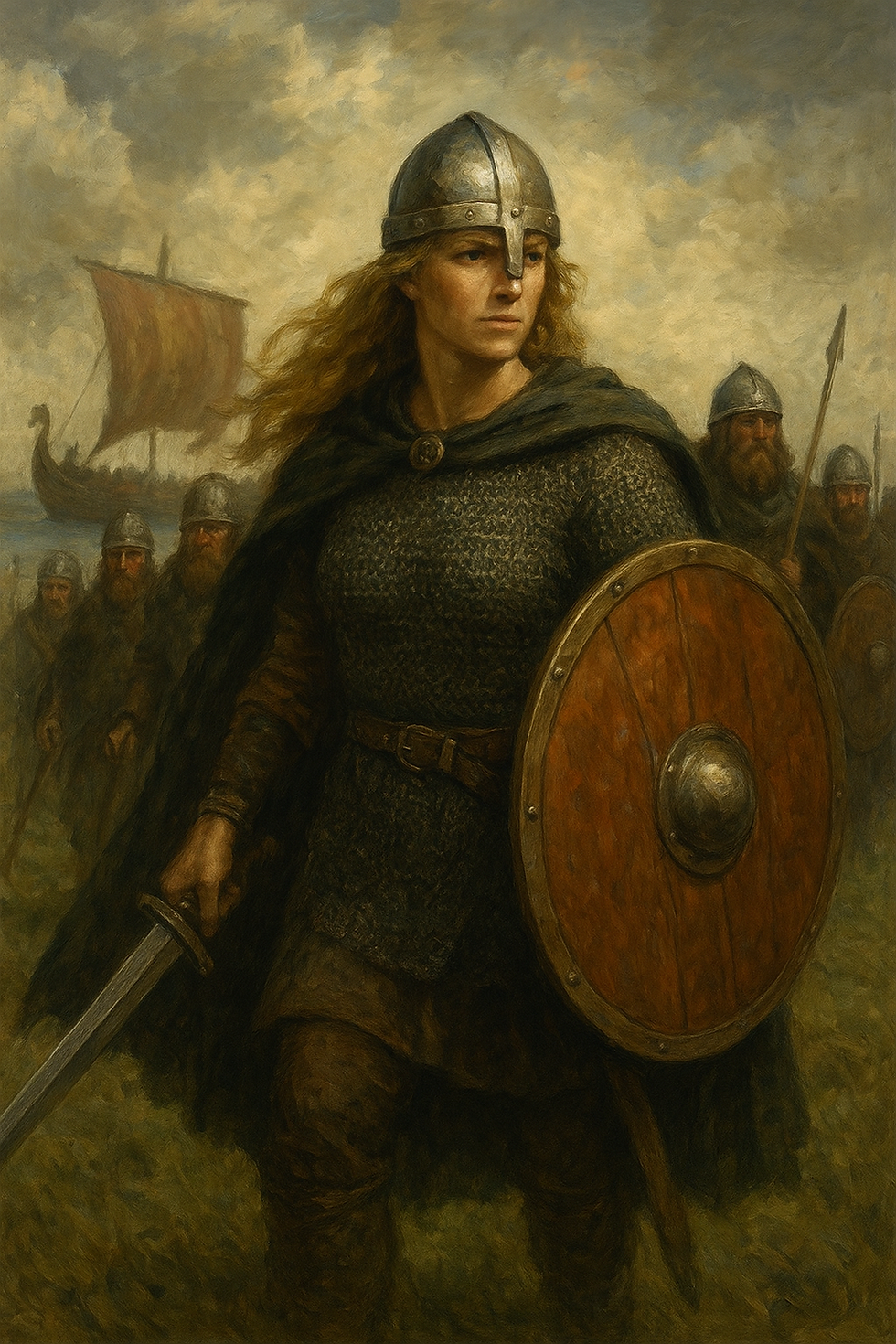The Lost Tomb of Thutmose II: The Rediscovery that Captivates Egypt and the World
- correio_da_historia

- Sep 20
- 2 min read

In February 2025, Egypt revealed to the world a discovery that resonated like an ancient echo: the tomb of Pharaoh Thutmose II, lost for millennia, was finally identified. Located on the west bank of Luxor, in the area known as Wadi C-4, this burial site represents the last great absence in the lineage of the 18th Dynasty kings, closing a cycle of searches that had spanned more than a century.
The archaeological mission, the result of collaboration between Egypt and the United Kingdom, began in 2022 with the identification of a subterranean structure that at first appeared to be a female tomb. However, subsequent excavations revealed distinctive elements: fragments of pottery inscribed with the names of Thutmose II and his wife Hatshepsut, along with a painting on the ceiling of the burial chamber, decorated with yellow stars on a blue background, a hallmark of royal tombs.
Thutmose II, who ruled Egypt between 1493 and 1479 BC, is a central figure in the history of the New Kingdom. His reign, though brief, was marked by significant achievements, including the rise of his wife Hatshepsut to power and the establishment of a period of stability and prosperity. The identification of his tomb not only fills a historical gap but also offers new perspectives on funerary rituals and burial practices of the time.
This discovery is not merely an archaeological milestone; it is a testament to the persistence and dedication of scholars who, for over a century, have sought to unravel the mysteries of Ancient Egypt. It also invites us to reflect on the importance of preserving and studying cultural heritage, which, like the sands of the desert, holds within it the stories of past civilizations. Thus, the tomb of Thutmose II, now revealed, is not just a structure of stone and clay; it is a bridge between present and past, a link that connects us to the roots of our shared history.
Paulo Freitas do AmaralProfessor,
Historian, and Author





Comments